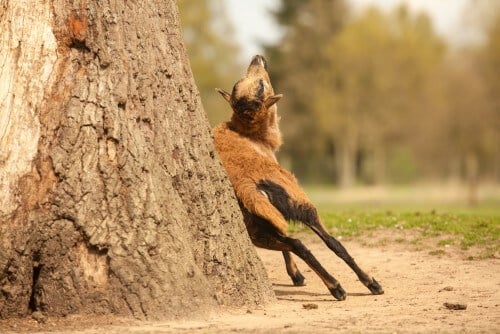Why does the act of scratching increase the urge to scratch again?

When a place on the body itches, we almost always tend to scratch it again and again: the touch of the nails on the skin does bring with it a sweet relief, but it is temporary because often the very act of scratching triggers another attack of tingling. A new study reveals that behind this annoying cycle is a surprising factor: serotonin, also known as the happiness hormone.
Until 2009, scientists believed that itchy tingling was just a mild form of pain, then Zu-Feng Chen and his colleagues at the Itch Research Center at Washington University in St. Louis discovered neurons unique to the tingling sensation in mice. Pain and tingling are not the same, but they are closely related; They share the same pathways in certain areas of the brain. Due to the proximity, activation of one pathway suppresses the other, so the act of scratching (which is sometimes painful) momentarily blocks the tingling sensation. But the action also triggers the release of serotonin which soothes the pain. This release is what causes the good feeling of itching. But new findings from Chen and his team show that it also exacerbates the tingle-itch cycle.
The nerve cells unique to the tingling sensation have a receptor system that helps relieve pain and another system that causes tingling. Serotonin can only bind to receptors related to pain, but since the two systems are very close to each other, and actually affect each other physically, the binding of the serotonin molecule to the pain receptor indirectly increases the tingling pathway. When Chen and his colleagues simultaneously stimulated both receptors in mice, the rodents itched much more than when they stimulated only the tingle receptor. In another experiment done on mice that do not have serotonin-producing cells, the mice scratched less than control mice when exposed to the skin irritant. The findings were published in the journal Neuron.
The scientists have not yet located the unique nerve cells for the sensation of tingling in humans (found in cockroach monkeys). And now all that remains is to say: think twice before you scratch.
The article was published with the permission of Scientific American Israel

One response
Cockroach monkeys are actually cockroaches that suckle, after a giant cockroach raped a poor Koopa, a hybrid species was created which, meanwhile, is mostly common in the Knesset area of Israel.
*
Typo: macaque monkeys and not cockroaches...
*
: )